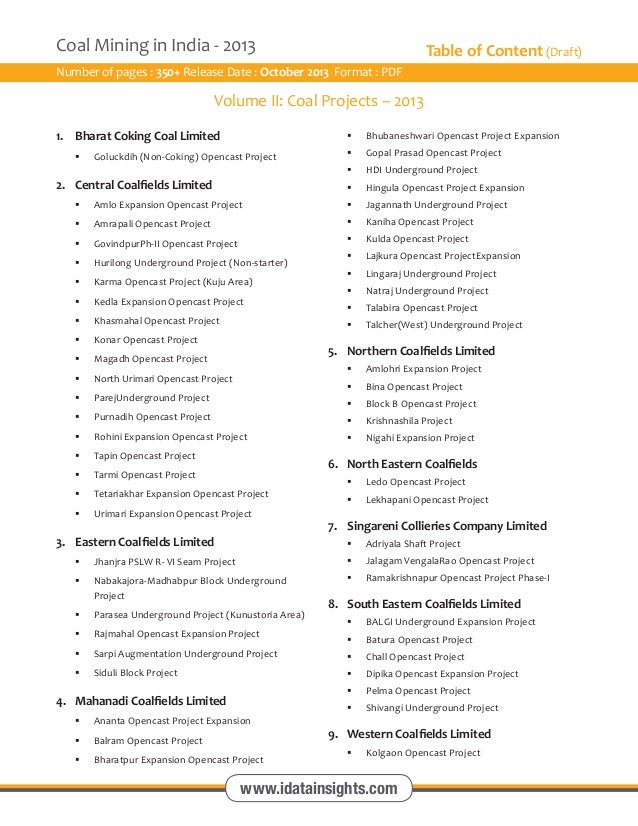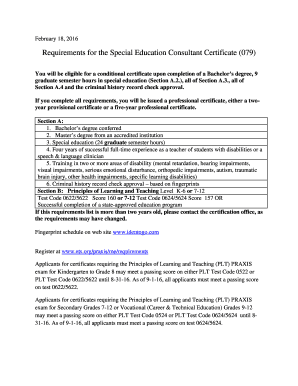Consulting 101 Pdf
Posted By admin On 30.04.20Management consulting case interview questions answers solutions, list of top consulting firms company, case interview sample example preparation tips, business case study, consulting jobs. Communication - Selling consulting services - Successful career management techniques Consulting 101 provides you with 101 useful tips to optimize your professional performance and jump-start your consulting career for success. Consulting 101: 101 Tips For Success in Consulting Buy The Complete Version of This Book at Booklocker.com.
If you currently work with consultants or would like to understand and use consulting tools and techniques within your organization, you benefit from this program. This program is not recommended for independent consultants. Those who work within a consulting firm or are an internal consultant with a company will find this more beneficial. Communication - Selling consulting services - Successful career management techniques Consulting 101 provides you with 101 useful tips to optimize your professional performance and jump-start your consulting career for success. Consulting 101: 101 Tips For Success in Consulting Buy The Complete Version of This Book at Booklocker.com.
The work from home trend has taken off. According to CNN Money, the number of people telecommuting has increased 115% in the last decade.
A number of indicators show that that will only increase. Organizations have moved on from the trust issue and realized just how much hosting a worker on their own real estate costs.
Additionally, the nature of many jobs doesn’t require people to be face to face for many – if any – of their responsibilities. I worked in a large corporate environment just last year. It was on a campus of about a dozen buildings. When we scheduled meetings, we would usually include a call in number for any remote folks. Invariably, we would get one or two people in a large conference room, with everyone else calling in. Some worked at home. Some were in the next building and didn’t want to walk over. Some were seated adjacent to the conference room but simply wanted to multi-task at their desk.
Continue reading The Lost Art of Hallway Conversations
Management consultant Amit (better known as MBA Dropout, after his first post on MBA Crystal Ball) has been addressing queries on this blog as well as on our careers discussion forum, from folks interested in getting management consulting jobs.
We’ve had a few one-off posts and a mini-series on consulting careers earlier. But we weren’t able to cover a lot of ground earlier in those short posts. So Amit has offered to help out by starting this guest series to throw some light on the Management Consulting industry.
Introduction to Management Consulting
The “glamour” associated with the world of consulting tends to eclipse the realities of the profession. Facts associated with this seemingly mysterious line of work are frequently substituted by hearsay, and reality takes a backseat to gossip and rumor. The primary intent of this series is to lay out the bare facts of the world of consulting. Given the medium, space, likely audience, and scope, this series will be introductory and basic in nature.
Consulting 101 Pdf Download
Readers who wish to delve deeper, or have questions and comments, are requested to post them in the forum. Like any other human being in the world, I will not have answers to all queries. Also, most of what I say will be based on my personal experience, and there stands the risk of my posts being biased or carrying single-faceted opinions and thoughts. To help us add to our collective knowledge, and to make this discussion richer and more productive, I would highly appreciate if readers share their experiences, opinions and thoughts in this forum.
What is consulting?
In its simplest form, consulting is the business or act of coming up with a solutions to real world business situations or problems. Often such solutions take the form of advice offered by specialists in their respective fields (to which the problems or situations belong).
Problem statement
Most times, such business problems start off as being unstructured and vague. For example, a typical problem statement could be as follows:
“We have held around 20% market share for the last 5 years. However, over the last quarter, we have lost 5% market share, and costs have gone up 20%. During the same time, there were no major market events, no new competitors, or products. Something seems to be very wrong, but we don’t know what. We need to (a) reduce costs, and (b) regain market share within the next quarter. Could you please help us out?”
“Solutioning”
Typically the solution to such a problem starts with a team of consultants gaining a deep understanding of the working and dynamics of the firm (or the affected division/department) in question and the problem. They meet with key stakeholders – executives, managers and other officials – ask them pointed questions, hear out their opinions, thoughts and points of view. Then they group together and brainstorm.
During such brainstorming sessions, lots of ideas, opinions and thoughts are thrown around. Many are summarily dismissed, some are noted for reconsideration, while others are frozen upon. In the process, many egos are crushed, and some “rock stars” are born. For many consultants, it is the adrenaline rush of these meetings and brainstorming sessions that keeps them going in the path of this highly demanding profession.
After the rigorous filtration process that these ideas are put through, the few that remain are sequenced and packaged suitably so that the final “solution” is practical, relevant to the problem or situation, implementable quickly, low cost, and efficient. Sometimes a lot of specialized knowledge may be required to arrive at a final solution (for example, in IT, Petro, Pharma, or other such areas). In such situations, consulting teams consult with in-house SMEs (Subject Matter Experts) who carry a vast amount of deep knowledge in their respective fields.

Recommendations
Once a solution and/or recommendation(s) is/are ready, it is presented to relevant stakeholders and sponsors. Typically in these meetings, a partner/principal would be accompanied by a small group of consultants (who would have worked on the “solutioning” part). They start with a summary of their understanding of the problem, and then go on to their observations and findings, the solution, and finally, recommendations.
As an example, let’s say that the problem was to reduce costs, and the two recommendations were to (a) reduce the size of the sales team from 100 to 90, and (b) cut down the number of promotional channels from 7 to 4. Usually it would be very difficult for the company to implement these recommendations all by themselves. Their immediate queries could be:
- Which 10 members of the sales team to fire? Firing being an intensely painful/stressful activity, how can we ensure that the remaining 90 don’t get stressed, overburdened and subsequently feel demotivated?
- Which 3 channels should be done away with? Can we not cut spending gradually, or does this need to be done abruptly? What about the presence and “noise” we had built over the last 4 years in these 3 channels – should we need to employ any of them in the future, we would need to start from scratch again. Our competitors are still spending heavily in these channels – why do you think we should stop spending completely?
Audi owner manual. As can be seen from the above, often recommendations are such that for them to be implemented, stakeholders and managers/officials need quite a lot of assistance and guidance. The consultants would then set up a series of meetings and/or workshops to explain, tutor, guide and assist them to implement their recommendations.
Typical challenges
Sometimes, the journey from problem statement to solution is a little more rocky. There could be two or more seemingly great solutions that the consulting team (which by then would have broken up and divided themselves into sub-groups, each supporting their own solution) might have come up with. It is then up to the team lead (who is usually the SME, or someone at the level of Principal/Partner) to bring everyone back to the same table, consider ideas from all the available solutions, filter, and come up with a single “best” solution.
Another challenge that is encountered frequently is to decide whether to use a standard consulting structure/framework, or to create one for the problem/situation at hand. Freshly minted consultants are familiar with standard consulting structures/frameworks (Porter’s Five Forces, BCG Matrix and SWOT to name a few) and instinctively try to apply them. However, more seasoned consultants (SMEs, etc.) usually advocate some refinement of standard structures/frameworks to suit the specific problem/situation being worked on.
In my experience, I have seen IT consultants having to customize their “standard” frameworks for almost every problem (Data-warehousing, CRM implementation, Digital Promotions, etc.) that they work on. Sometimes the business problem might be to create a structure/framework that a firm could use internally (for example, for quality-related problems).
Read more about the Types of Consulting.
If you’ve always wondered if you’d make a good consultant, get a free profile evaluation from Amit on our Management Consulting Jobs forum. Also try out some of the brain-teasers out there.
Start here Success stories Reality check Knowledgebase Scholarships Services
Serious about higher education? Join us on social media for regular updates.
Consulting 101 Book
